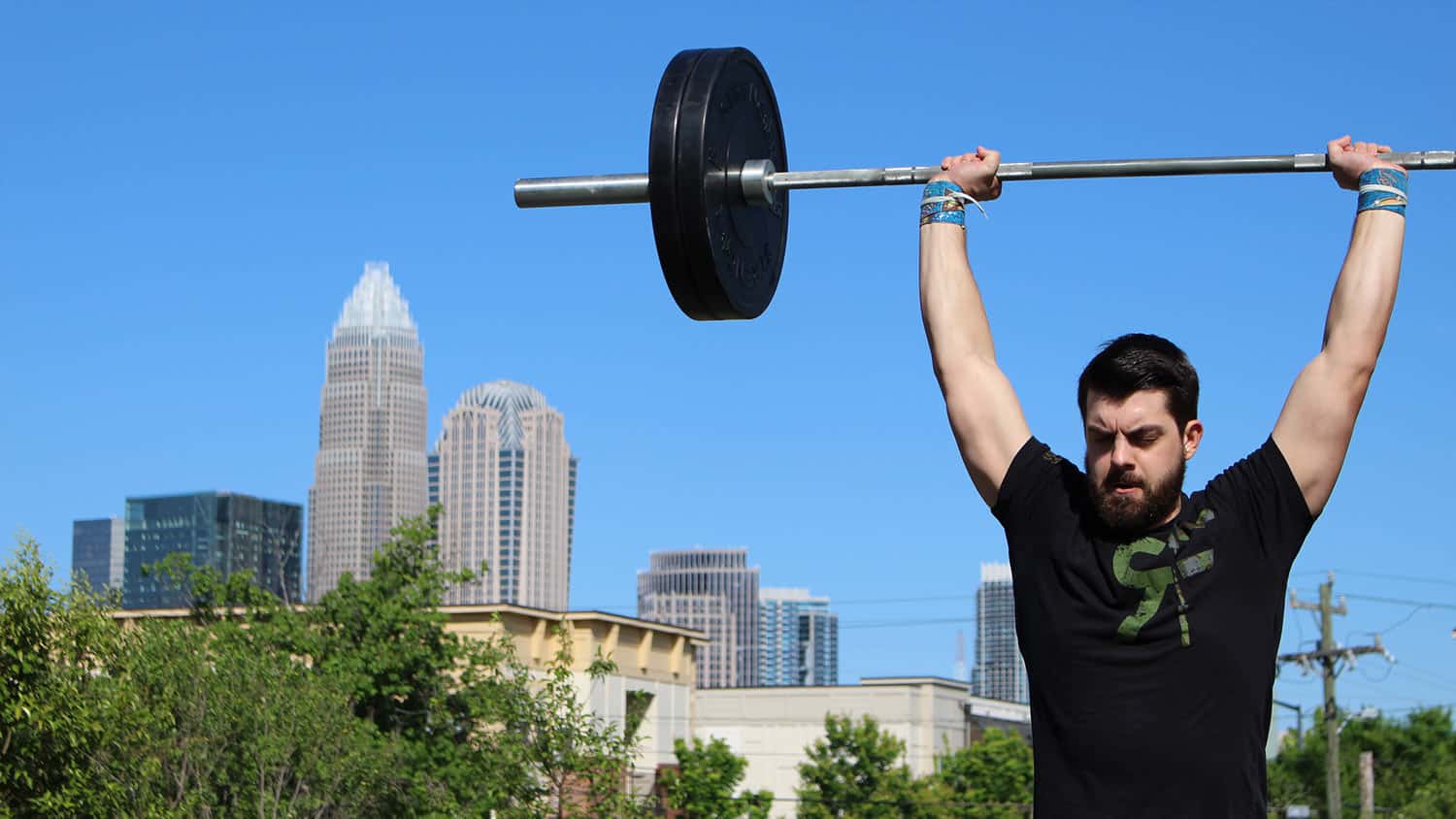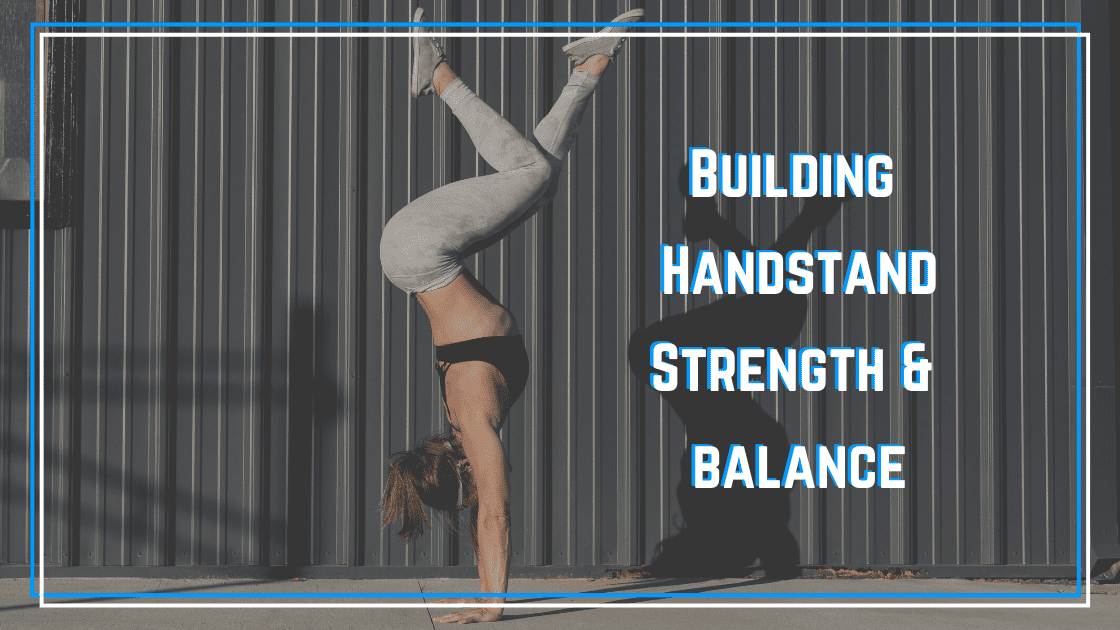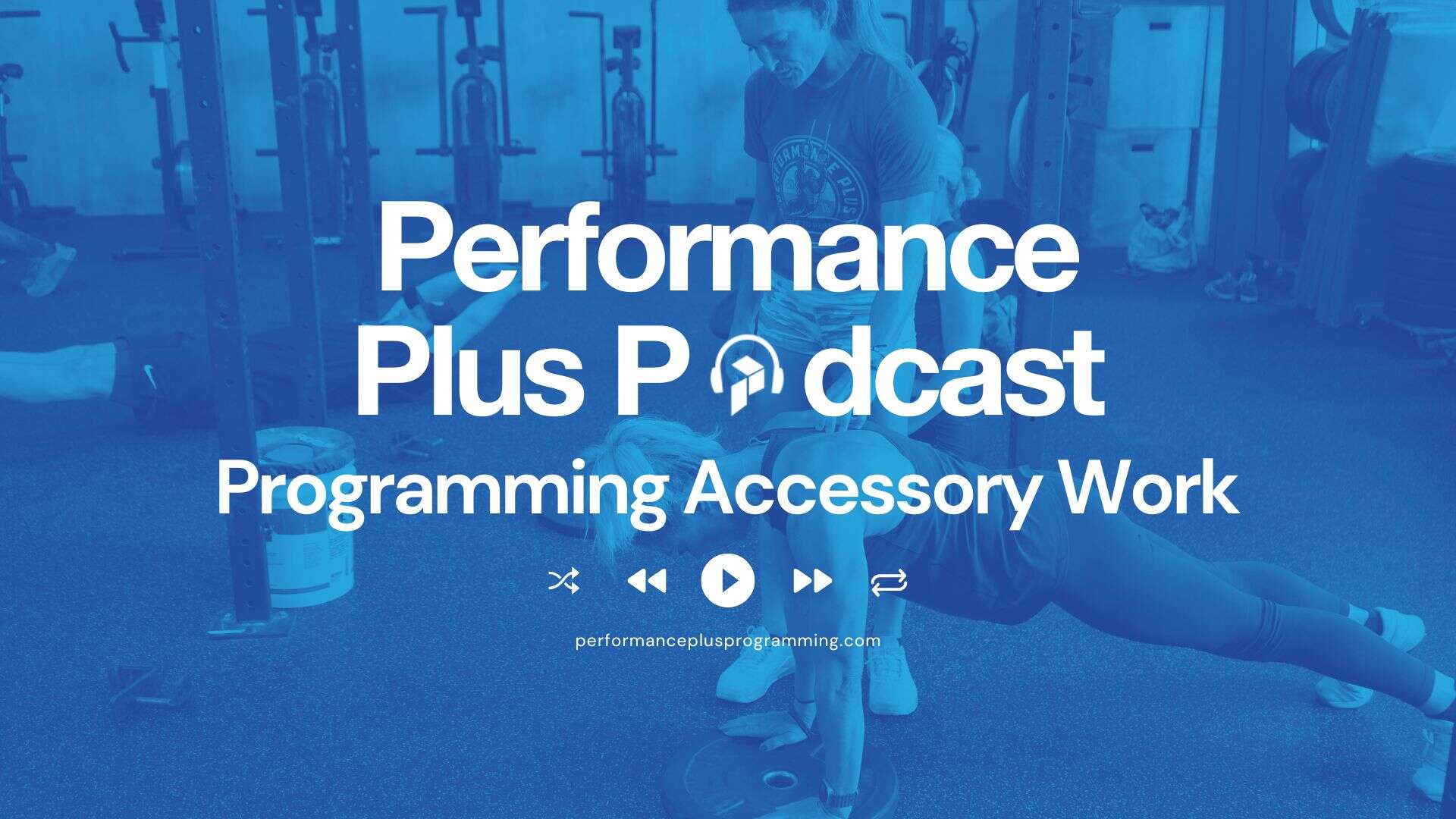
The Best Steps for Building Handstand Strength & Balance

If you want to advance your handstand game, you not only need balance, but you need to build strength in your shoulders to improve the length of holds, core to help with a more stacked position, and forearm strength to control balance. Use these four steps to improve your handstand strength so you can not only hold handstands for longer, but learn to shift weight towards one arm training and more.
Step #1 IMPROVE YOUR SHAPING
If you understand a better handstand hold shape, you will be able to stack your frame better, which will allow you to be more efficient, hence hold longer by using productive energy and strength. After you learn to stack, it will be easier to move to various positions such as stag leg, split holds, and scorpion type holds that we see in yoga or calisthenic training.
The goal of this drill is to make one long line from fingers to toes, creating an inverted-angled “banana” shape, which is known as a hollow in the sport of gymnastics. Think about two things when getting into this position. First, tension is key. That means, pressing through the floor with hands and shoulders, and squeezing glutes. Second, the hollow is important to learn a stable, stacked position. To achieve this in the drill, walk the hands out far enough so you have an open shoulder angle. The rib will be tucked down towards the belly button and glutes squeezed tight. There should be no arch in the lower spine.
Accumulate 2min hold in the hollow inverted shape position.
For more help developing gymnastics strength, download our FREE 3-week Gymnastics Booster program!
Step #2 IMPROVING SHOULDER STRENGTH, via STATIC TRAINING
Building handstand strength via the shoulders can help with length of holding time and also when learning to hold one arm handstands or walking. This step will include both static and dynamic training. First, we train in a static position to build not only strength but a neurological connection of balance and agility. This drill can be done scaled, from a box, or from a stacked position, either against the wall of freestanding. The key is accumulating reps and sets, and continuing to add to the time you hold as you progress through your handstand journey.
To begin, hold 3 x 30sec holds with 30sec rest between sets.
As you get stronger you can add time to each set or do less sets with more time.
Step #3 IMPROVING SHOULDER STRENGTH, via DYNAMIC TRAINING
Once we have established some handstand strength in the static hold, we can move to more dynamic training. This can include a multitude of drills, such as, shifting weight, walking up and down plates, one arm shift/lifts, wall walks from right to left etc…The options are limitless but we will focus on one of my favorite drills which will help not only with strength, but balance, walking and one arm handstands.
The shift/lift drill requires an athlete to have a good command of static strength holds. Until you can hold a static handstand for 20-30sec, with proper stacked form, you may not be ready for this drill. The key to success is going slow and controlled. We should be able to see the shift to one shoulder, pressing through the floor with the main shoulder, then the lift. If this is rushed, maximum strength and control will not be gained.
Try 3 max effort sets with 60 sec rest between sets.
Step #4 IMPROVING FOREARM STRENGTH
This may seem like an odd one for handstands, but when you learn to balance, your spread fingers should be “gripping the floor,” therefore, using forearm muscles to help with balance since your grip is connected to the strength of your forearms.
Therefore, it is time to work on our grip strength so we can use our forearms and fingers for better balance.
Try 15 seconds clockwise, then 15 sec counterclockwise for 3 rounds.
Rest 15 sec between rounds.
What we do know is handstand strength takes time and dedication. Looking to improve and need more guidance? Check out this link for Handstand Strength & Stability.
Article written by Pamela Gagnon




